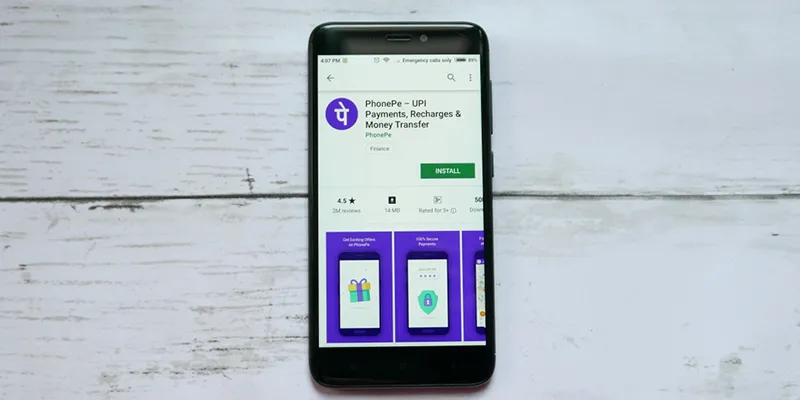Google Pay and PhonePe account for 86 pc market share on UPI in November
Google Pay and PhonePe taken together have been dominant players on the UPI platform which is now clocking more than two billion transactions every month.
Digital financial services companies Google Pay and PhonePe have occupied the top slots on the Unified Payments Interface (UPI) platform accounting for a dominating market share of more than 80 percent both in terms of volume and value of transactions for the month of November.
As per data available with the National Payment Corporations of India (NPCI), Google Pay and PhonePe combined accounted for 86 percent market share in terms of the value of transactions for the month of November on UPI.
PhonePe registered transaction value of Rs 1,75,453.85 crore on UPI in the month of November while it was Rs 1,61,418.19 crore for Google Pay.
The total value of transactions on UPI for the month was Rs 3,90,999.15 crore, according to NPCI.

Even in terms of volume of transaction on the UPI platform, both Google Pay and PhonePe together accounted for 82 percent market share with a total of 1.82 billion. The total UPI transactions for the month of November stood at 2.2 billion.
The competitor to these digital financial services apps, Paytm Payments Bank witnessed a transaction value of Rs 28,986.93 crore with a total volume of 260.09 million for the month of November.
On the other hand, WhatsApp, which recently got permission to start their financial services in the country, saw transactions worth just Rs 13.87 crore with total volume of transactions at 0.31 million.
Amazon Pay had a total value of transactions of Rs 3524.51 crore with a volume of 37.15 million for the month of November.
NPCI in the month of November had announced a change in the regulations where it had announced a 30 percent cap on the third apps on the total volume transactions processed through UPI.
This had prompted criticism from Google Pay and PhonePe who felt that it would stifle innovation in the fintech segment and would be very challenging to implement.
Edited by Saheli Sen Gupta








